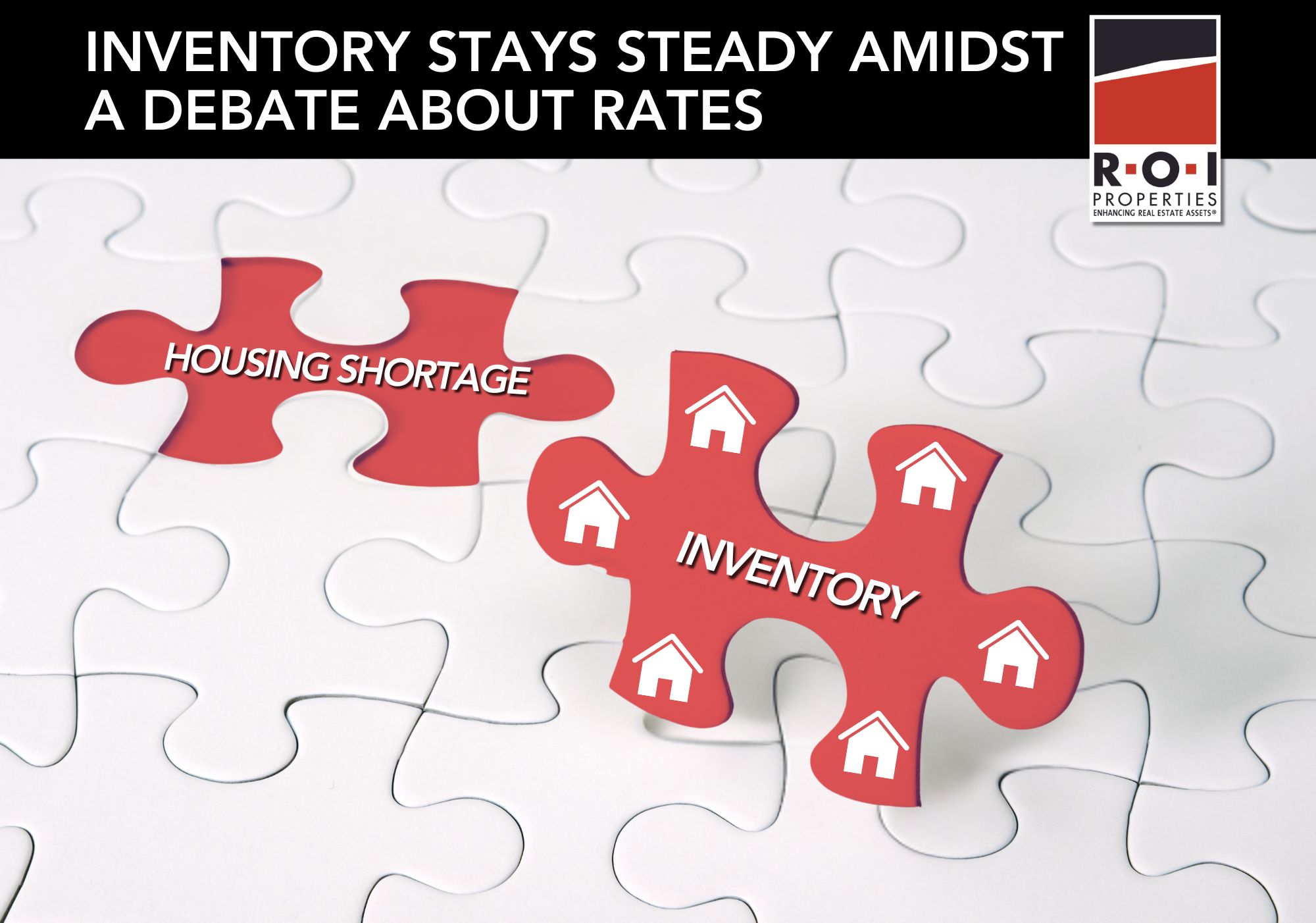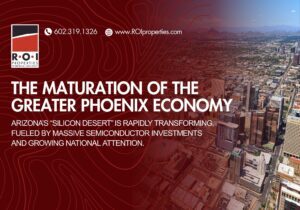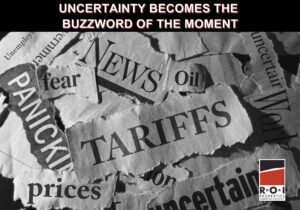Continuing the trend in recent months, interest rates have continued to dip in anticipation of the Federal Reserve reducing rates when they meet on September 17 and 18. At around 6.25%, rates on 30-year loans are at their lowest in almost 17 months—and well below the 23-year high of 8.01% we hit last October. With inflation cooling off, the Fed has shifted its focus to the labor market for decision making. Unemployment increased from 4.1% to 4.3% after the August meeting, but the September 6 report showed slight improvement to 4.2%—heating up the debate whether the central bank will decrease rates by 25 or 50 basis points in their mid-month confab.
In any event, the housing market doesn’t move as fast as Wall Street. Although housing inventory in Greater Phoenix has not changed significantly, further decreases should provide some momentum for additional product on the market, from people who are willing to list their homes and buy up, buy down, or make a lateral move. It’s difficult, however, to know at what benchmark rate activity will really start jumping. After several years in an inventory-driven market, it will be an interesting test to see how we digest a sizeable increase in supply. For now, it’s a matter of keeping eyes and ears open for an uptick in for-sale signs around the neighborhood.
What Rate Changes Mean for Home Buyers and Sellers
July to August 2024, the Greater Phoenix supply-demand index dropped from 100.7 to 99.7, indicating an overall market in a balanced state. Every incremental change introduces different opportunities within the marketplace.
For cash-rich buyers, or those who have interim financing, it may be a good time to negotiate: With rates declining, sellers are anticipating a bit of a bump in the market.
Meanwhile, sellers in the position to do so may want to consider offering carry-back financing or installment sales. Closing the gap on a 5% carry-back deal—with a solid deed of trust in place to protect your interest—might be just enough to incentivize a buyer to step up and pay a potentially higher price for your property.
Regardless of rates, price measures are expected to see minimal volatility for the next 3-6 months, with annual appreciation near the rate of inflation.
What Rate Changes Mean for Home Buyers and Sellers
While a recent headline in Business Insider proclaimed that national supply is “surging,” it is not doing so in Greater Phoenix. Yes, supply is 57% higher than this time last year, but it has barely changed over the past 4 months. The same article claimed a “record number of buyers backed out of purchase deals in July due to high costs and economic worries.” This is also not ringing true in Greater Phoenix. Typically, when a buyer backs out of a transaction, the property reverts to active status in the MLS with a “Back on Market” tag. The long-term norm for fallouts is 16-17% of listings under contract. July was slightly elevated at 17.5%, with 1,326 going back on market; the record was set in March 2020 when 3,042 (24%) immediately fell out due to COVID-19 fears. June 2022 had 2,047 fallouts (21%) due to steep mortgage rate increases.
While fallouts are not an issue in our current market, fewer new listings are entering the market. Last year was the lowest count of new listings added to supply going back to 2001. This year is the second lowest, but with zero improvement in demand, the slight increase in new listings was enough to lift the supply line from January through May. When mortgage rates rose to 7.5% in April, new listings began to slide closer to 2023 levels, as more sellers decided to wait for better circumstances to list their homes. Sellers become buyers, so if rates continue to trend down this year, both new listings and new contracts should improve.
Running the Numbers on Renting vs. Buying
Negative headlines reporting flawed rent vs. buy “studies” are not helping with contract activity. Last month, Realtor.com listed Phoenix as the #5 metro where it’s cheaper to rent. Of course it is; apartment rentals are not comparable to single-family homes. The average monthly rent of $1,524 is comprised of small studios, 1BR, and 2BR multi-family units with an average size of 832 SF; 3BR units are a minority. The national median sale price of $440K, and the estimated payment of $2,920 for Phoenix, includes mostly single-family homes, roughly 1,900 SF, 3-4 bedrooms, private driveways, carports, garages, and yards. It doesn’t take a PhD in math to prove that a renter residing in an 800 SF 2BR apartment will save nearly $1,400 per month if their needs never change.
A better comparison is a 1,200 SF 3BR apartment costing $2,100 in Maricopa County vs. upgrading to a similar-sized single-family home between 1,200-1,500 SF selling at a median of $375K, and incorporating multiple rate scenarios. The recent rate drops mean new loan principal and interest payments have declined 10-11% since April.
PRINCIPAL AND INTEREST PAYMENTS – FHA Avg Mortgage Rates
| Loan Amt | Apr 2024 @ 7.0% | Aug 2024 @ 5.9% | $ Diff | % Diff |
|---|---|---|---|---|
| $250,000 | $1,663 | $1,483 | -$180 | -11% |
| $350,000 | $2,329 | $2,076 | -$253 | -11% |
| $450,000 | $2,994 | $2,669 | -$325 | -11% |
Learn More About Our Full-Service Brokerage Firm
Contact Us










